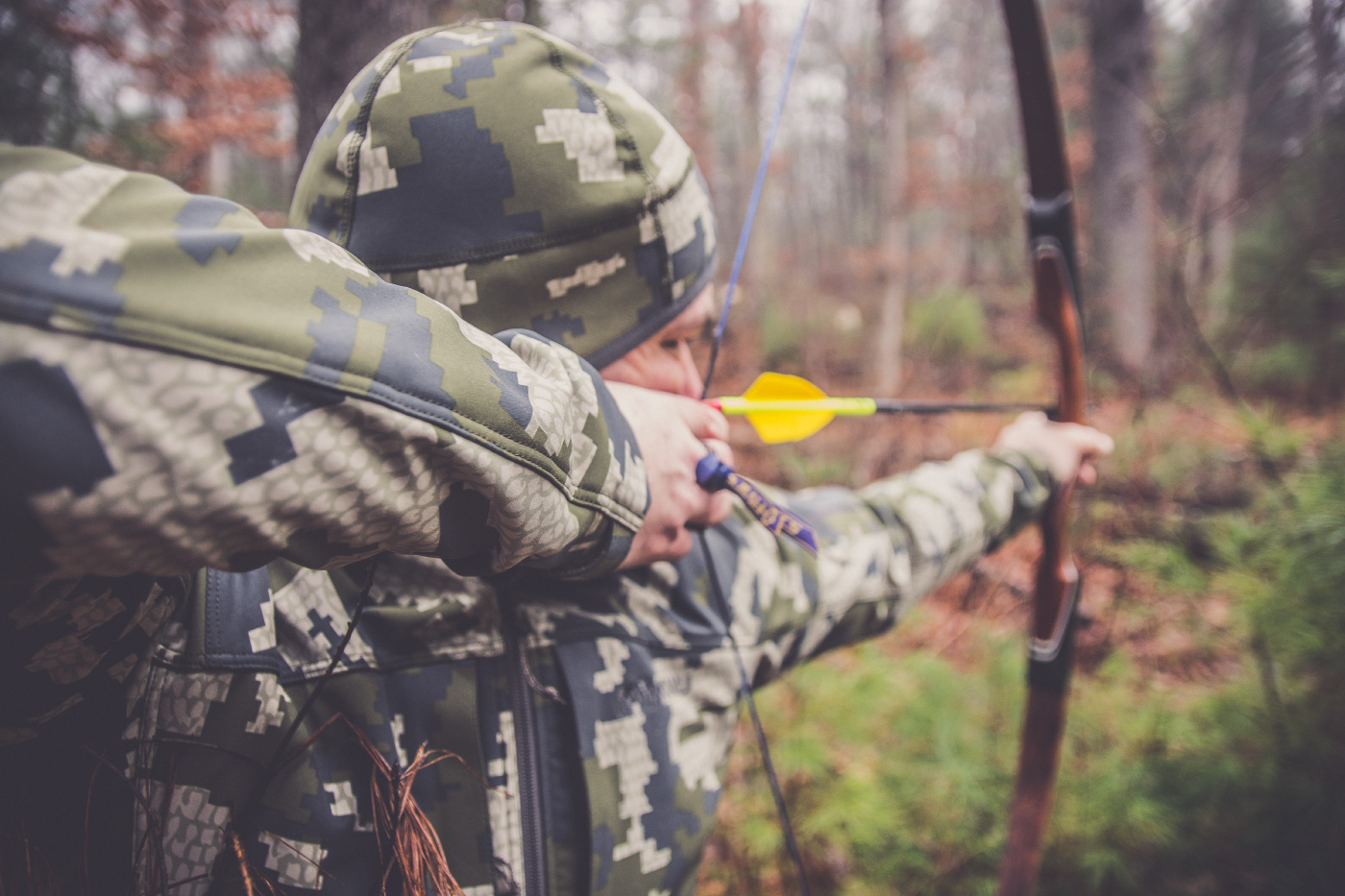Home » News » The Science of Fear: Flight Distances
The Science of Fear: Flight Distances

A.J. DeRosa founded Project Upland in 2014 as an excuse…
Understanding flight distances can be a tough.
“For several years after moving to Southern New England I can remember calling my father up in Maine and laughing on the phone about how “stupid” the deer were down here compared to the deer where I grew up in Maine. “They don’t even run,” I would always say. What I didn’t realize was while these “stupid” deer didn’t run when they saw me, they were apparently smart enough to avoid ending up in my freezer.
“My first several years hunting were spent in the big woods of Maine where we didn’t see deer often and when we jumped a deer seeing only the flash of a tail, that deer was gone for sure. Without a doubt that deer was going to run for at least 200-400 yards before slowing to a fast paced walk for another half mile into a completely different area.
“Fast forward to my late teens when I left home and began hunting in southern New England which is very urban and I found myself struggling to shoot a deer even though I was seeing more deer than I had ever seen before. They always seemed to stay just out of archery range.”
What is so interesting about this topic is how complicated such a seemingly simple subject can be. The flight distance of one whitetail deer in the rural woods of America will most likely be completely different from urban deer behavior. In fact, the diversity is so great that we are unable to simply write down a list of what estimated flight distances are for each part of the country.
Upon further examination of this complex matter, we must also factor in the actual area in which the deer are fleeing in order to account for behavior associated with that environment, whether natural or unnatural. For example, if an area that was previously closed to firearm hunting is opened, deer will rapidly adapt to understand that what was a safe flight distance for archery is not safe for a firearm.
This comes from the psychological evidence of conditioned behavior. It is the driving force for successful and adaptable hunting methodology.
There are two stages of flight in animal behavior.
The first is alert distance (AD), a topic which is discussed in depth in ‘The Theory of Fluid Motion.’ The second is escape distance (ED).
Escape distance is interchangeable with the term flight distance. The conditioning process is very basic. At a certain distance when presented with a stimulus (in this case a human), it initiates the flight response. What we truly want to concern ourselves with is how these flight distances are established in urban deer behavior.
In more rural areas with heavy gun hunting pressure, we can see that whitetails will begin the flight response immediately when a deer hears, sees or smells a human. With years of conditioning because of firearm hunting, deer have become more threatened to human presence.
The risk of human contact is deadly even at great distances. Deer fully understand that.
For suburban hunters, the theory behind flight distances comes with some leeway. As a result of constant human exposure, deer are forced to create more complicated views on when the flight response is necessary. If they didn’t, suburban woods would constantly be a melee of frantic deer chaotically running for their lives all day, every day.
We find that when we switch from suburban areas which allow firearm hunting to urban areas allowing archery only, deer have a far higher tolerance for distances from humans. This reaction can differ depending on minute details, such as a human walking a trail or taking a few steps off the trail. In heavily populated areas deer have come to learn that humans, much like themselves, are habitual creatures. We use trails, they use runs, and they understand that pattern.
It is also important to distinguish that again, the same whitetail can have a different response in a different area. Years of conditioning has made them smart enough (more accurately, conditioned enough) to understand the difference.
Where this theory becomes most dangerous to deer, and most effective for the evolving hunter, is in the dissection of the “alert distance.”
A.J. DeRosa founded Project Upland in 2014 as an excuse to go hunting more often (and it worked). A New England native, he grew up hunting and has spent over 30 years in pursuit of big and small game species across three continents. He started collecting guns on his 18th birthday and eventually found his passion for side-by-side shotguns, inspiring him to travel the world to meet the people and places from which they come. Looking to turn his passion into inspiration for others, AJ was first published in 2004 and went on to write his first book The Urban Deer Complex in 2014. He soon discovered a love for filmmaking, particularly the challenge of capturing ruffed grouse with a camera, which led to the award-winning Project Upland film series. AJ's love for all things wild has caused him to advocate on the federal and state levels to promote and expand conservation policy, habitat funding, and upland game bird awareness. He currently serves as the Strafford County New Hampshire Fish & Game Commissioner in order to give back to his community and to further the mission of the agency. When those hunting excuses are in play, you can find him wandering behind his Wirehaired Pointing Griffon in the mountains of New England and anywhere else the birds take them.




You are right deer have gone a bit more educated about the behavior of humans. Because of this behavior, hunter gets a difficult time in capturing them as prey.